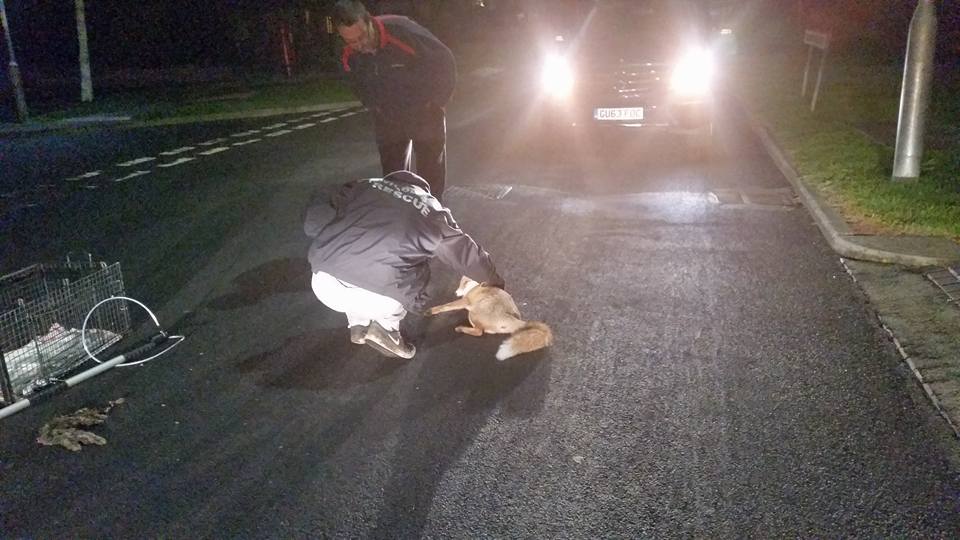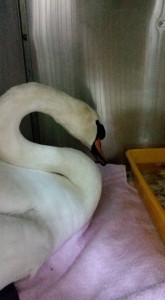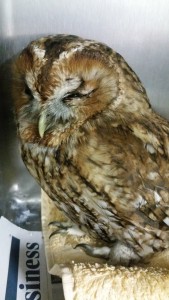
A local wildlife charity are appealing for motorists to slow down as road casualty calls rise in a week of horrendous road casualties and an increase on dead animals seen on the roads of East Sussex.
East Sussex Wildlife Rescue and Ambulance Service (WRAS) have seen an increase in road casualties and have responded to 3 foxes and a swan within the space of 24 hours that all fell victim at the roadside in Brighton, Polegate, Eastbourne. Other calls over the past week have included a deer on the East Hoathly By-pass, a badger on the Uckfield By-pass and another in Hastings and many more. Its not just mammals which suffer and WRAS also has a road casualty Tawny Owl and pigeons in care too.

“At this time of year we see an increase in these calls” explains rescuer Chris Riddington “it is getting darker earlier and unfortunately it begins to coincide with commuter traffic and sadly wildlife and cars do not mix”.
Wildlife such as badgers, hedgehogs, owls, foxes and deer are particularly susceptible and they tend to be more active around dusk, dawn and throughout the night. “Our volunteers are all reporting seeing dead road casualties on their journeys across the country, especially pheasants.”
Figures have shown that around half of badger deaths are caused by collisions with cars and wild deer cause 74,000 road accidents a year. “Reducing your speed could prevent an accident. You may have better time to react and be prepared to stop” explained WRAS founder Trevor Weeks MBE “Drivers should observe warning signs, such as deer crossing, they are there for a reason, and they are there to protect you and the wildlife. You should also avoid sudden breaking or swerving as this could cause a bigger accident. If a deer does run across the road, be prepared to stop as more usually follow. Also, remember where you see dead wildlife or wildlife crossing as wildlife will often using the same crossing point.”

WRAS is urging motorist to be extra vigilant, reduce speed and observe warning signs. It’s also not just the countryside where cars and wildlife are colliding, our urban environment can cause roadside hazards too explains Chris “Throwing food and litter from cars can also cause problems with hungry wildlife looking for an easy meal during the cold nights. Something as simple as a sandwich crust or discarded chips could end up being an animal’s last meal if not disposed of responsibly”.
Wildlife is unpredictable and accidents can be unavoidable, but what do you do if you are involved in a collision? “If you are involved in a collision with wildlife, if it is safe to do so please stop and check the animal to see if it is still alive. If it is please call your local rescue organisation. Large animals like deer that are causing a hazard and posing a risk to other road users then please call the police by dialing 101 for assistance. If you are unsure who to call in your area please contact a local vet on their emergency number and good practices will be able to point you in the right direction” explains Trevor “whatever you do please do not just drive off and leave it. Stopping to deal with a road casualty is not a sackable offence if you are late for work. One call could prevent hours or even days of suffering.”
Share this!
